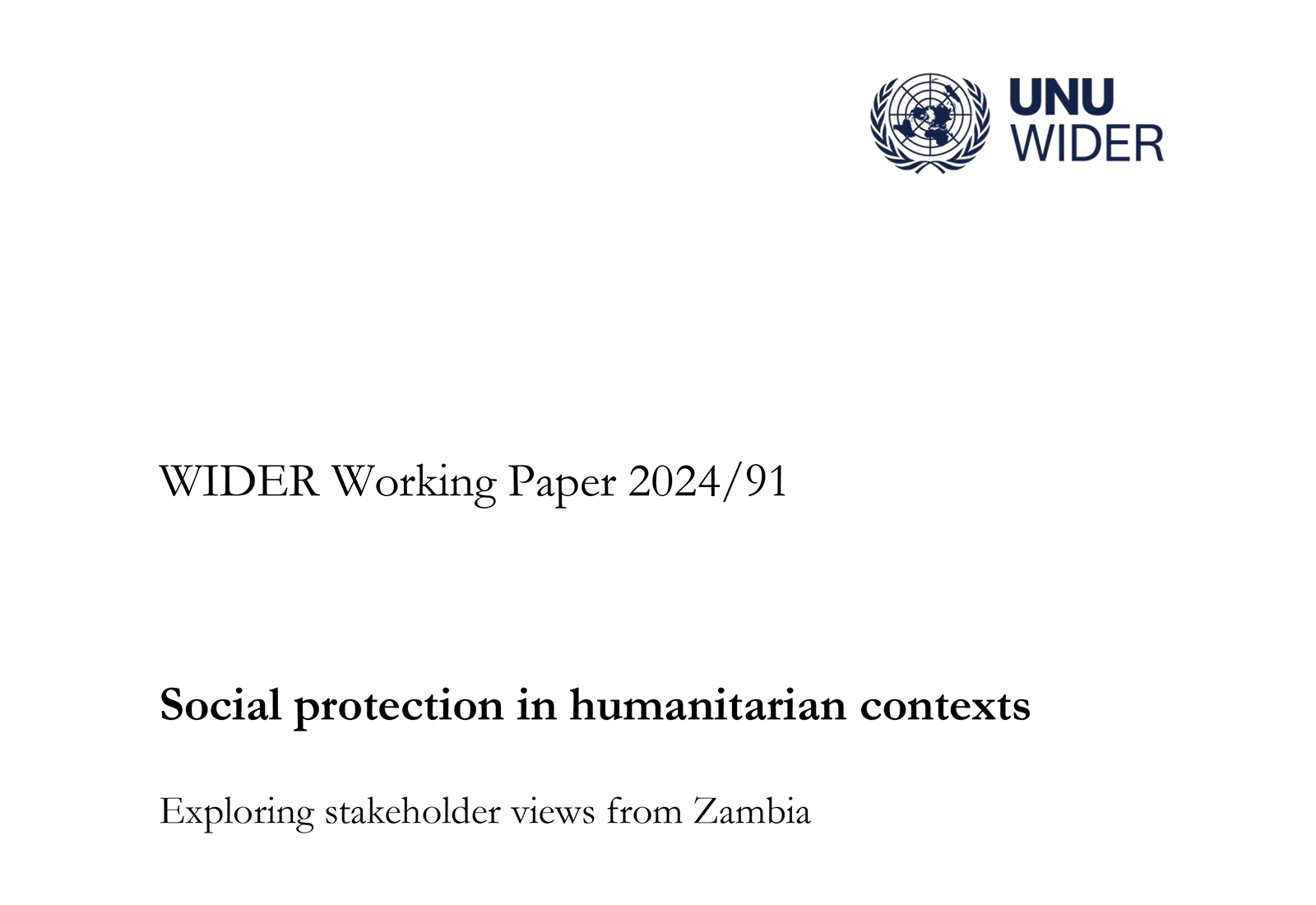Who leaves and who stays? Outmigration of Estonian immigrants from Finland and its impact on economic assimilation of Estonian immigrants in Finland
Abstract
This paper investigates the outmigration of Estonian immigrants from Finland and their economic assimilation. We use a register-based panel data set on new Estonian immigrants from the years 2000 to 2006 to analyse the determinants of outmigration in a duration model framework and to examine the economic assimilation of Estonian immigrants in terms of wages and employment. The results show that earnings have a negative coefficient in the estimated hazard function, in particular when interacted with the second to the fourth years of migration spells. In terms of employment, there is a considerable employment differential between immigrants and natives in the first year of immigration spells, but this gap narrows over time even in the longest observed durations. Employment assimilation also occurs within individual work histories. For wages, the initial immigrant-native gap is heavily dependent on the age at arrival and gender. Though immigrants initially gain in terms of wage, this trend fades after a few years. When we exclude those who are identified as outmigrants we observe qualitatively similar patterns.
- ISSN: 1795-1801 (Online)
- ISBN: 978-952-209-112-3 (Online)
- JEL: J15, J61
- Publication in PDF-format

- Merja Kauhanen
- Chief Researcher
- Tel. +358-40 940 1946
- merja.kauhanen@labore.fi
- Profile


